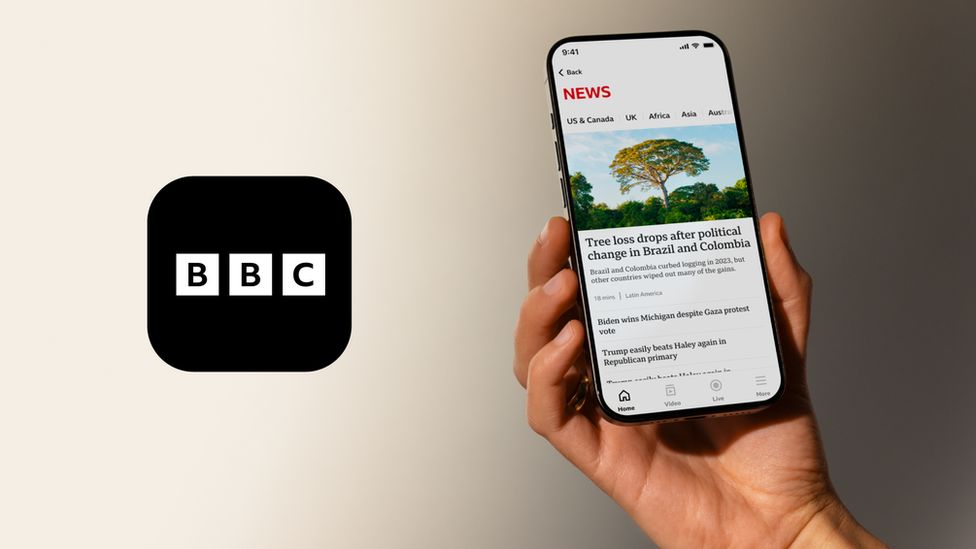In an exhilarating development for the world of cinema, director Danny Boyle and writer Alex Garland have reunited to expand their iconic 28 Days Later franchise with the highly anticipated 28 Years Later. This film not only continues the gripping narrative of the original but also sets the stage for a planned trilogy, reigniting interest in the beloved zombie apocalypse genre. Cillian Murphy returns to reprise his iconic role as Jim, a character who has resonated deeply with audiences since the film’s initial release in 2002. Joining him in this remarkable ensemble cast are notable talents such as Aaron Taylor-Johnson, Jodie Comer, Ralph Fiennes, and Jack O’Connell. Despite the excitement surrounding Murphy’s return, sources hint that his role will present unexpected twists that may surprise viewers.
In a bold and innovative move, 28 Years Later was filmed entirely on an iPhone 15 Pro Max, establishing it as the most expensive film ever shot on a smartphone, with a staggering budget of $75 million. This choice reflects Boyle’s ongoing commitment to pushing the boundaries of filmmaking technology, reminiscent of his groundbreaking work on the original 28 Days Later, which was one of the first major films to utilize digital technology through the Canon XL-1. By choosing the iPhone 15, Boyle has once again demonstrated his ability to blend artistic vision with modern advancements in filmmaking.
Throughout the production of 28 Years Later, the decision to utilize the iPhone 15 was kept tightly under wraps. Cast and crew members were bound by non-disclosure agreements, ensuring that the filming techniques remained a closely guarded secret until now. Recent confirmations from various sources connected to the project have revealed the ingenious methods employed during filming. The iPhone 15 Pro Max was equipped with a range of professional attachments, including advanced lenses, high-quality microphones, and sturdy tripods, enhancing its capability to capture stunning visuals in 4K resolution. This technological shift not only underscores Boyle’s forward-thinking approach but also raises intriguing questions about the future of filmmaking.
As the anticipation for 28 Years Later builds, fans are also excited about the forthcoming sequel, titled 28 Years Later Part II: The Bone Temple, which is currently in production under the direction of Nia DaCosta. This sequel promises to delve deeper into the narrative established in the first film, exploring new themes and character arcs while maintaining the franchise’s signature intensity.
Earlier this year, Sony Pictures emerged victorious in a fiercely competitive bidding war to acquire the rights to produce and distribute the 28 Years Later trilogy. This acquisition was highly sought after, with multiple studios, including Warner Bros., eager to secure a stake in this blockbuster franchise. Sony’s involvement signifies a commitment to bringing Boyle and Garland’s vision to a wider audience, ensuring that the rich storytelling and innovative filmmaking techniques resonate with both new viewers and long-time fans.
Boyle’s decision to film using an iPhone not only reflects his innovative style but also his adaptability in an ever-evolving cinematic landscape. While his previous project, Yesterday (2019), showcased a lighter, more romantic theme that diverged from his usual darker narratives, his return to the 28 Days Later series with such a significant technological shift demonstrates his relentless desire to explore new artistic horizons. As viewers eagerly await the release of 28 Years Later, the film stands as a testament to the evolving nature of filmmaking and the exciting possibilities that lie ahead.



